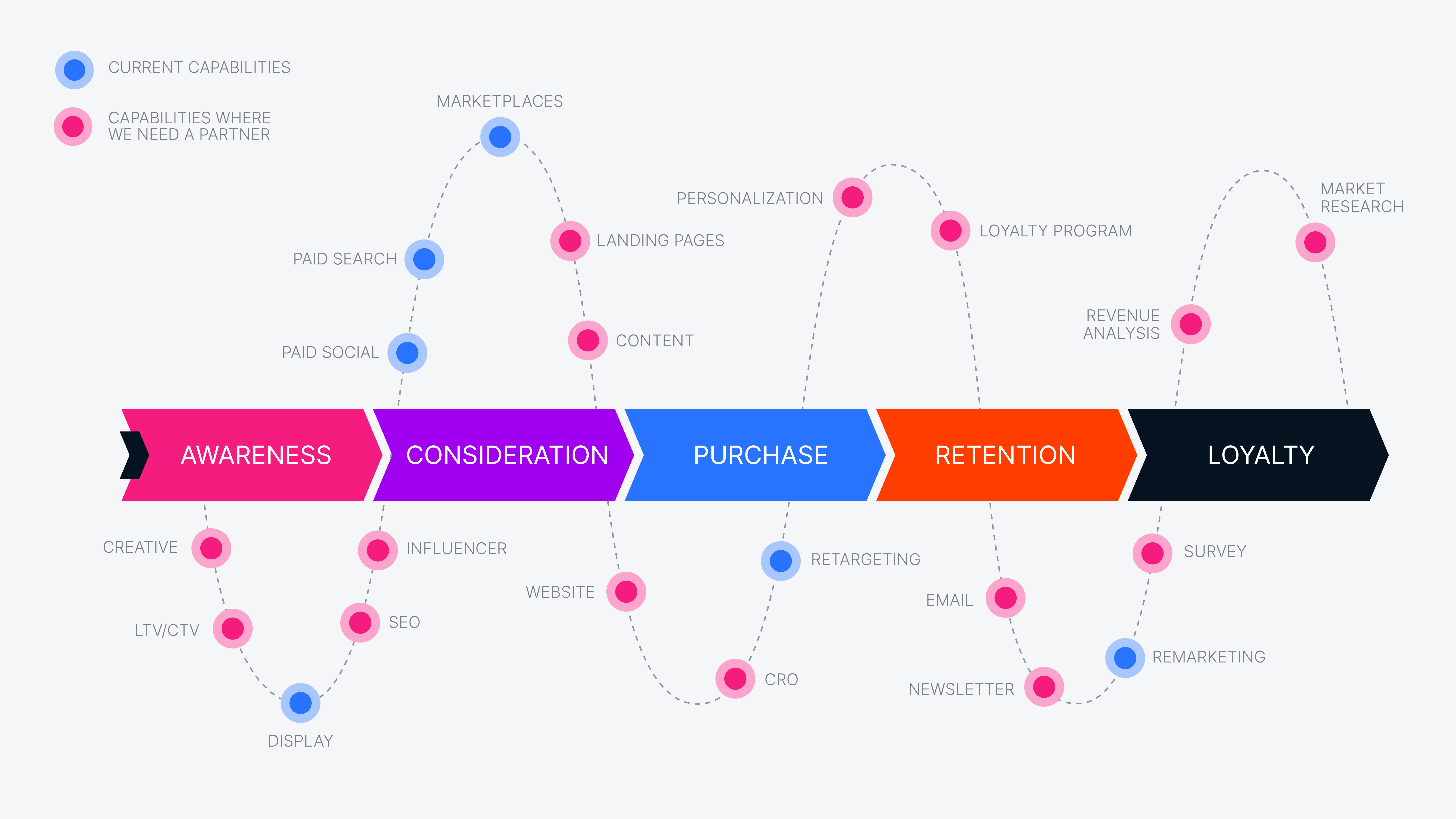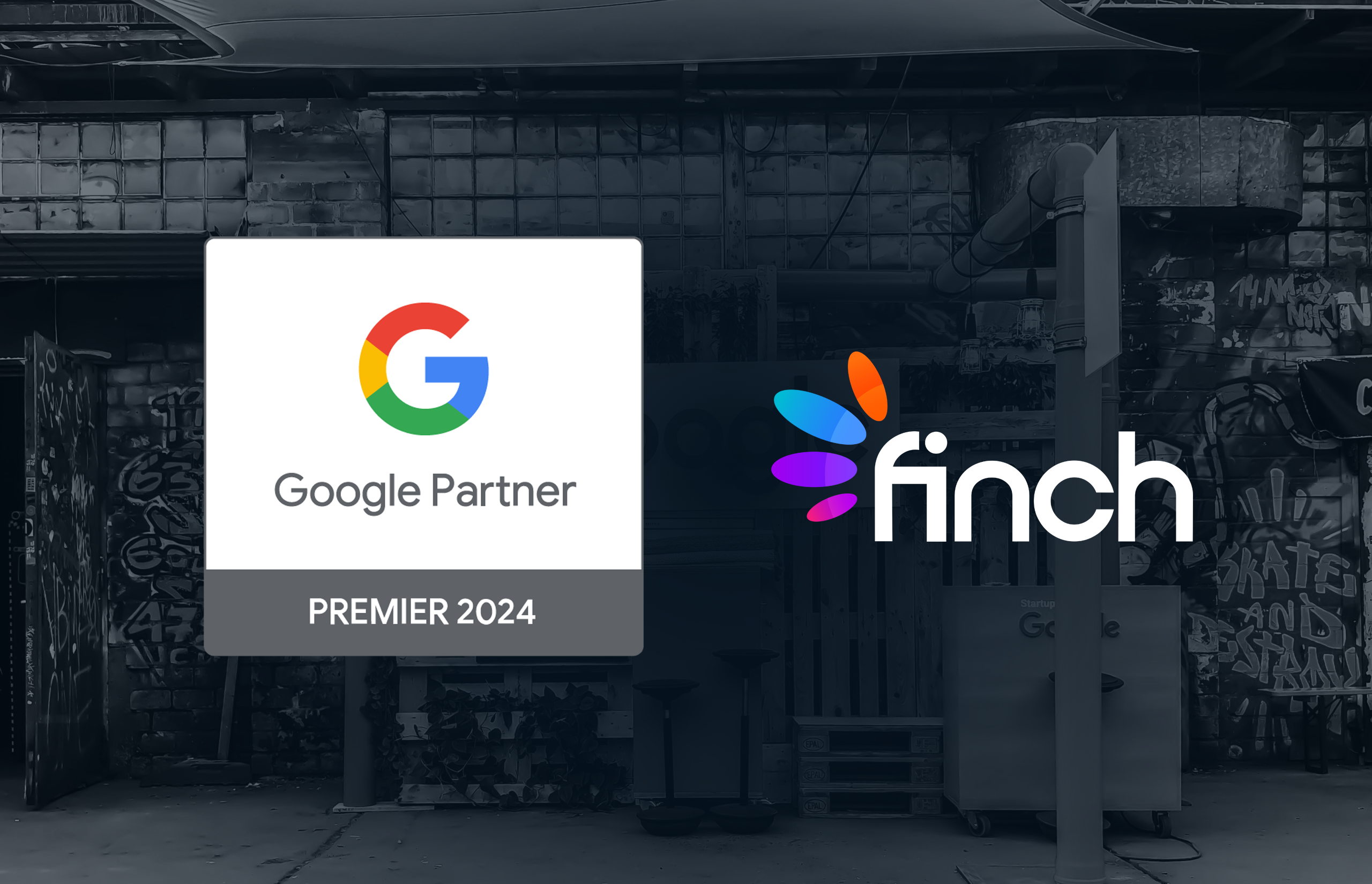The assumption for this model to be effective is: Each product has the same profit margin.
Here is an example.
A company is selling electronics on their website and their objective is to generate as much revenue as possible. They will either be using Google Ads conversion tracking (Dynamically tracking the amount of each completed shopping cart with the Value variable) capture the amount from each sale and have that associated with the keyword, ad and ad group that captured the sale (for more info click here). The company knows that, on average, they can spend 20% of their revenue on advertising (leaving 80% of the sale to cover product costs, order processing, overhead, etc.).
Here is the data to determine the most you can pay for the next click (Max CPC):
Target cost of Revenue: 20%
Last sale recorded for a given keyword: $300
Conversion rate: 5%
Max CPC: $3.00
The Max CPC will be set for each keyword based on the revenue history, the conversion rate, and the historical cost. The objective for this way of managing a campaign is to maximize the revenues as long as the cost of revenues is 20%, on average. It is important to distinguish that the max CPC is set per keyword (ideally for each match type of the keyword, with bid modifiers for Device and Remarketing for Search profile) based on the keyword’s cost/revenue history, and not based on the price of the product the keyword matches.
The reason for this is that once the keyword triggers the ad to display and the potential buyer clicks on it, once on the site the potential buyer may or may not purchase the matching product. He or she may buy something totally different or purchase a number of products. The only hard data you can optimize from is the cost, the revenues, and the conversion rate. In a portfolio approach, if you have 1 keyword producing conversions at 10% cost of revenue, then another keyword will be allowed to produce conversions at 30% (assuming the revenue produced by the two keywords are the same, and because they usually are different it creates a complexity that is only practical to solve with automation software).
The average of 20% is what matters to maximize the outcome under this methodology. This is easy to illustrate through branded terms. The branded terms (your own company name, URL, etc.) usually produces revenues in the low single digit percentage cost because you likely have a quality score of 10 (ad rank impact) and a very high relative conversion rate. That leaves a surplus (relative to the 10% cost of revenue target) that can be used to grow your revenues, market share and customer base for non-branded terms and still stay below your cost target. Alternatively, if you isolate the branded terms to enjoy the high profit that they produce, the non-branded terms may all be above 10% cost of revenues and the result is that you leave all that business for your competitors to have.
This methodology is effective when you have MANY products with the SAME margins.
One problem with this model for an eCommerce company is when products have varying profit margins and prices. In theory, you can successfully optimize a campaign for revenue. But while the revenue may grow – the profit may turn negative in a worst-case scenario. The solution to this challenge is presented in the next blog in this series.







